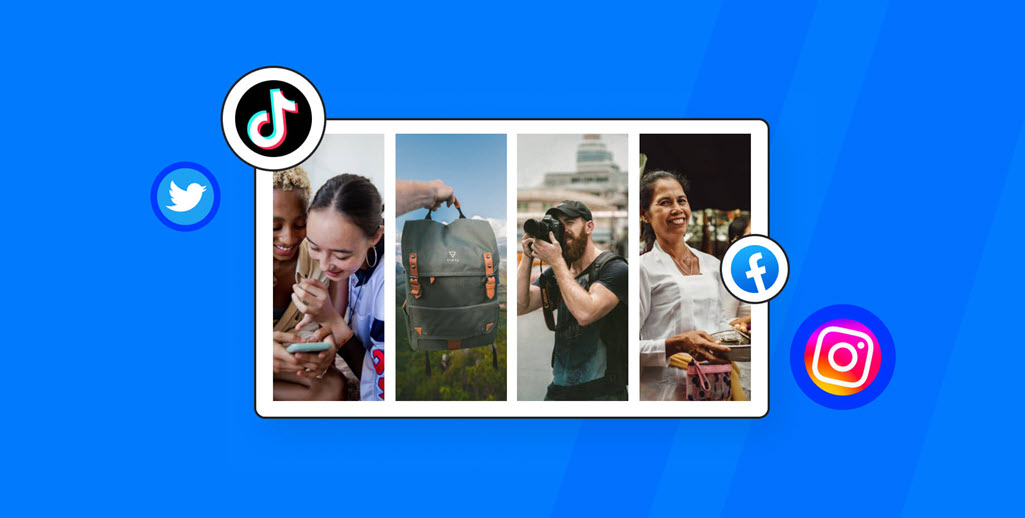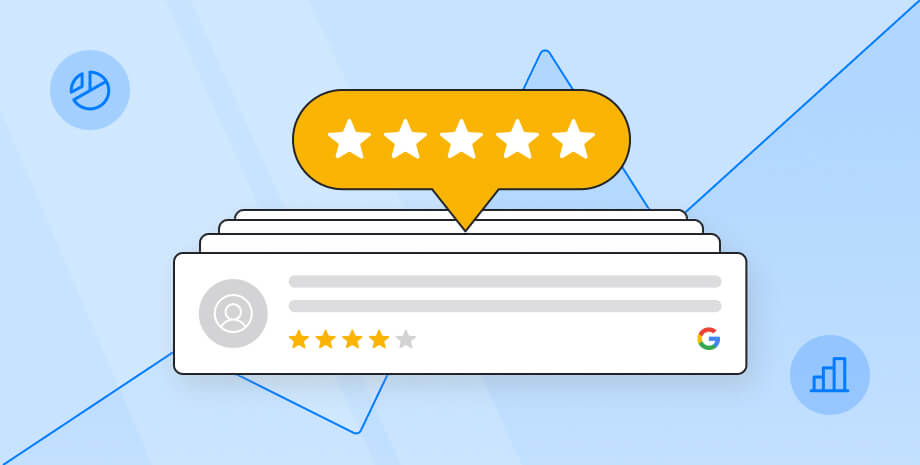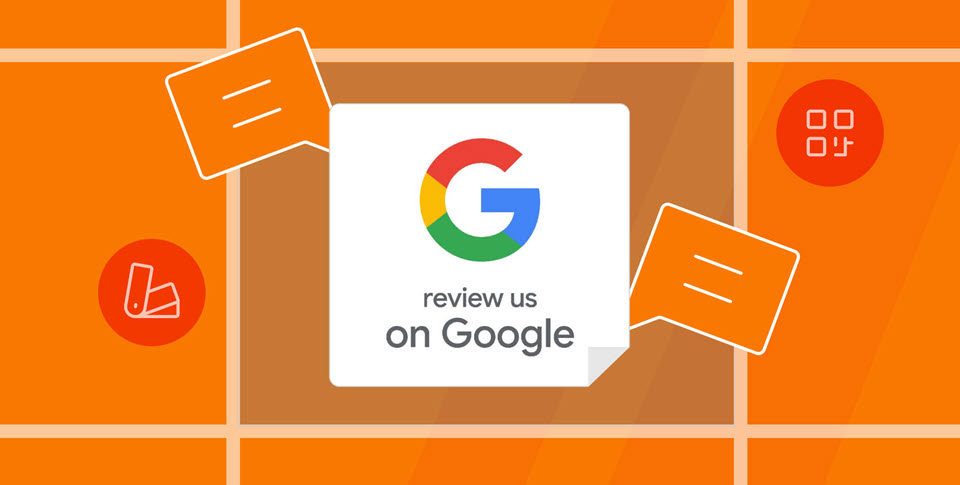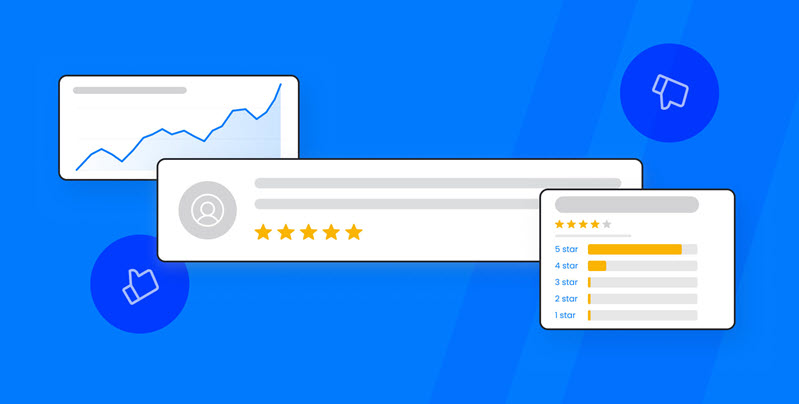User-generated content (UGC) has become increasingly important for companies large and small. And while many growing enterprises struggle with letting create content that represents their brand, and drives conversion rates, there are some strategies that help these UGC strategies succeed.
UGC is a powerful tool for businesses to build brand awareness, trust, and loyalty. From social media and blog posts to customer product reviews, UGC can take many forms, and understanding how to effectively use it can help businesses connect with their target audience and stand out in a crowded digital landscape.
In this article, we will explore what user-generated content is, why it has become so important, and how businesses can leverage it in their marketing strategy.
So, let's dive into the world of user-generated content and discover why it is such an asset for businesses in today's digital age.
What is User Generated Content?
It’s quite possible that you’ve heard of the phrase user generated content before. But what does UGC mean?
In layman’s terms, UGC is the content that you see, read, or watch that is created by an individual. This includes those Facebook Reels, posts on Instagram, other social networks, and blog websites that are typically based on topics or a product niche.
Some common examples of UGC include user reviews, social platforms, comments, and blog articles. With the expansion of digital content and ease of populating content online, UGC has become increasingly popular in recent years.
We’ve seen a significant boost of content written or created by a content creator on social media and blogs – as it’s become an easy way for them to express opinions, thoughts, and experiences.
User Generated Content Definition
The technical definition of User-generated content refers to any type of content, such as text, images, videos, or audio, that is created and shared by users rather than by a company or organization. It is typically published on social media platforms, blogs, forums, and other online communities.
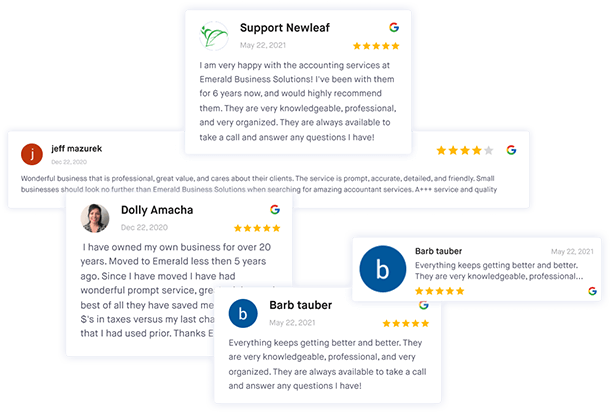
Manage all your reviews in one place
Get more 5-star reviews and take control of your online reputation with ReviewsOnMyWebsite.
What are the Types of UGC Content? 7 Types + Successful User-Generated Content Examples
There are several types of user-generated content, including:
1. Social Media Content
Social media was created to provide individuals with a platform to connect with others on the internet. In fact, without social media, influencer marketing would not be possible.
They create their own types of content including photos, videos, and written content to share on social media platforms such as Instagram, Facebook, and Twitter.
Example – Coca-Cola’s “Share a Coke” Campaign
Coca-Cola printed popular names on their bottles and encouraged customers to share photos of themselves with the personalized bottles on social media. Over a period of a year, over 800,000 social media users took part in this campaign.
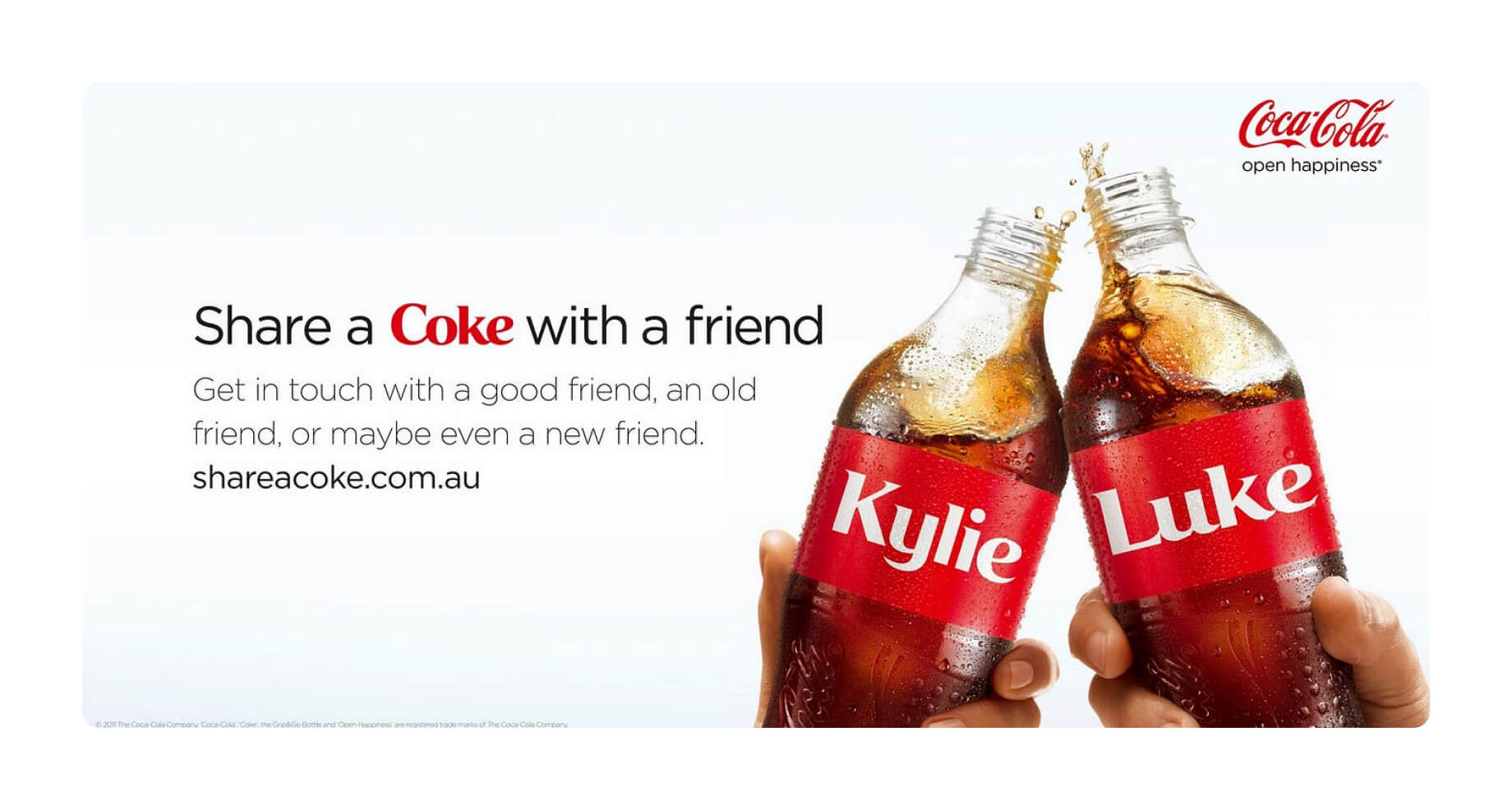
It was considered by many consumers as authentic content - which tends to drive more conversions and a better customer experience.
2. User Generated Blogs
As of 2022, Google estimates that there are more than 500 million user generated blogs published to the internet. Blogs serve as a powerful communication tool – whether internally operated by a business, or via third-party individuals.
Example – Whole Foods Market
Whole Foods has a blog called “Whole Story” that features recipes, tips, and stories submitted by real customers and employees.
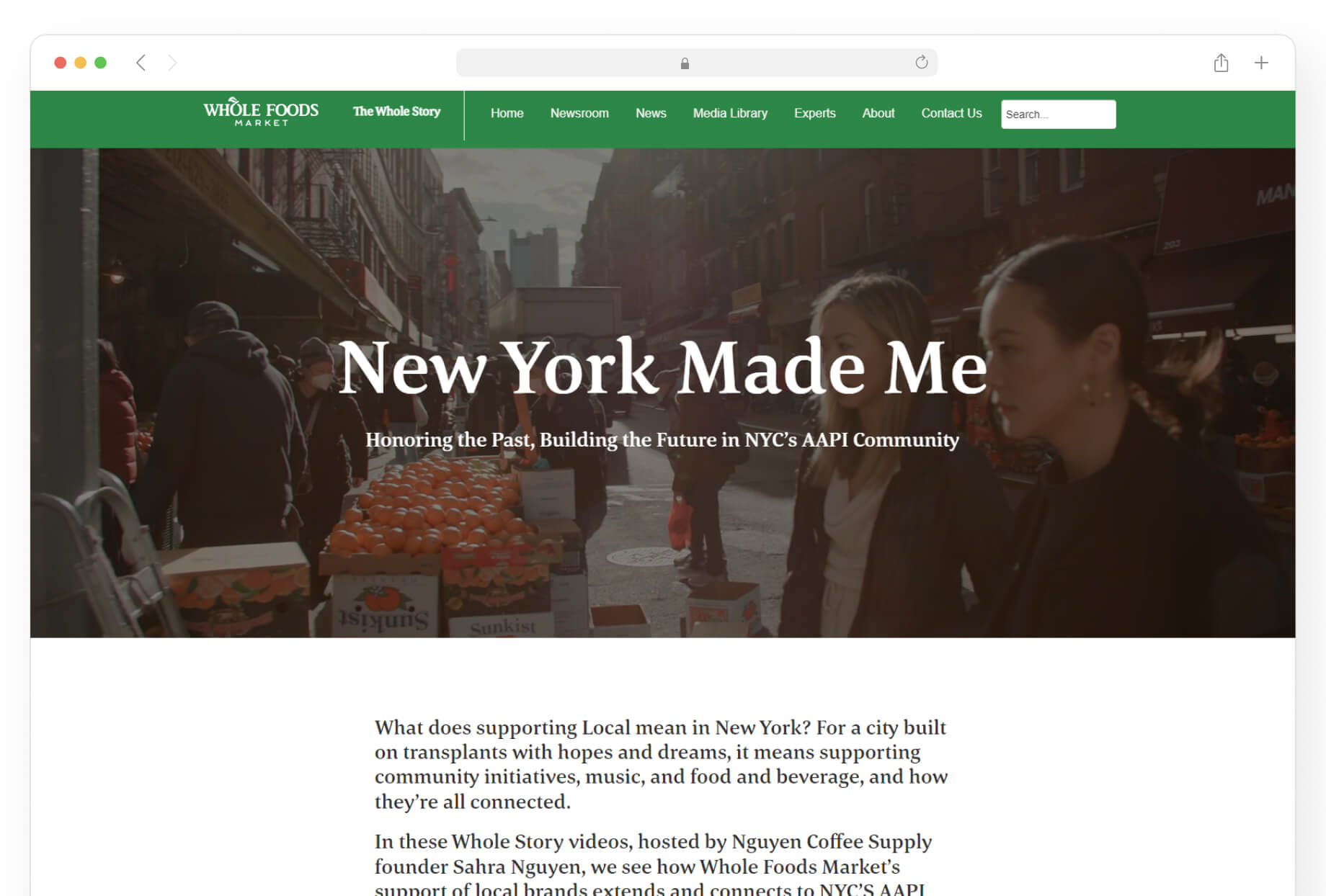
3. User-Generated Videos
The proliferation of YouTube has stimulated a rapid growth of user generated visual content. Advancements in mobile technology have likewise made it easier for loyal customers to create video form of content, publish it online, and share it with their friends, family, and connections.
Example – Shot on iPhone YouTube Promotion
Apple realized that their customers were not satisfied with the average camera capabilities of pictures in low lights with older versions of their iPhone. To showcase improvements in their image and video collection technology, they launched a campaign called “Shot on iPhone.”
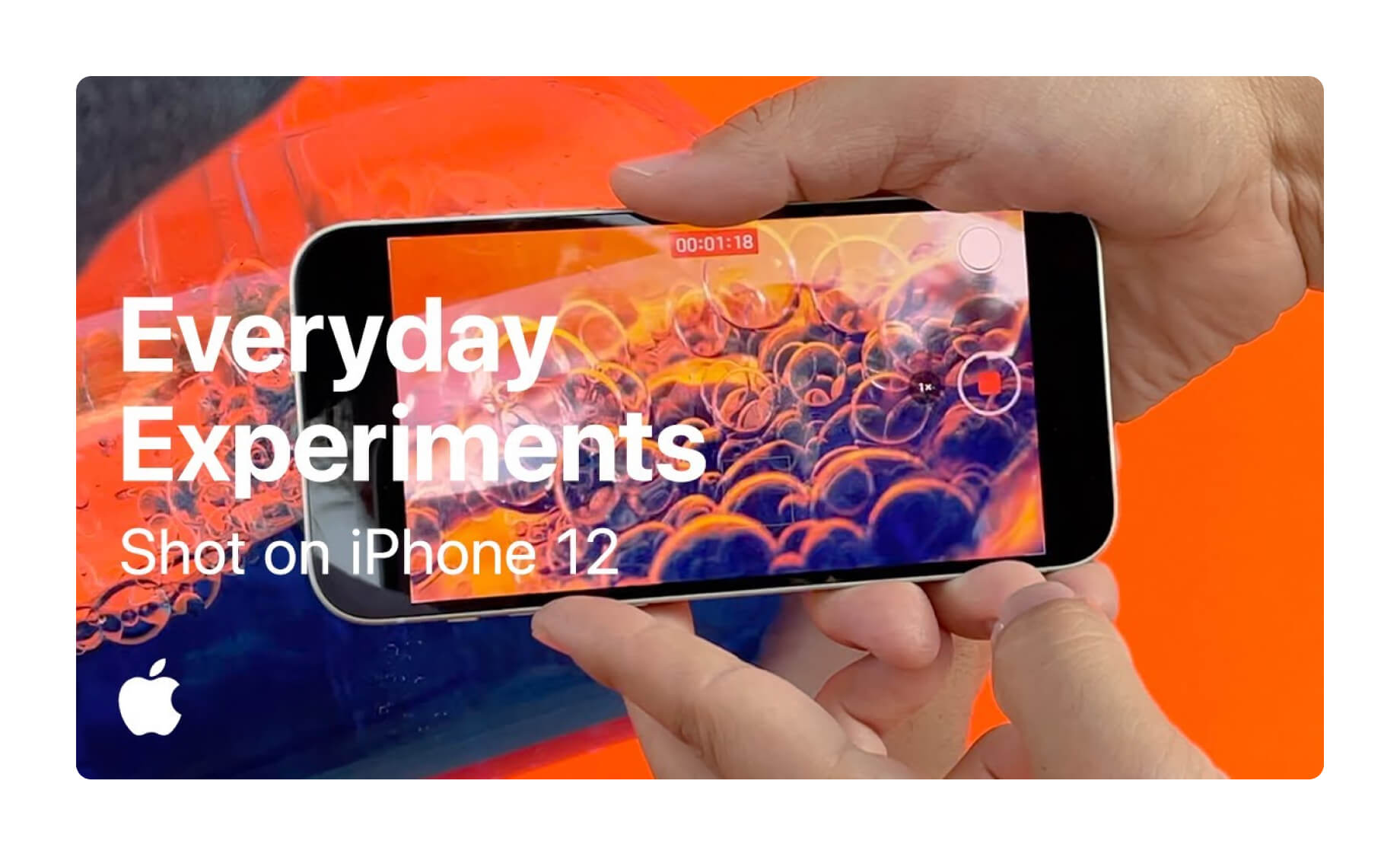
The company wanted to redeem this lost trust and bring attention back to what makes an iPhone special: its ability to take great photos. So, users were convinced to create mini-movies and other videos to share on social media and YouTube.
4. User Generated Images
It’s estimated that nearly 85 percent of all digital images published on social media sites are taken with mobile devices. The advancements of Wi-Fi and Bluetooth technology has made it easier for users to quickly publish social content or brand-generated content images online.
Example – Starbucks
Starbucks has run several user-generated photo contests, where customers are encouraged to share photos of their Starbucks drinks and experiences on social media for a chance to be featured on the company's official channels.

Users also use their social posts to promote the Starbucks drinks - which was impactful on purchasing decisions of new customers.
What is UGC Marketing?
UGC marketing, or user-generated content marketing, is a marketing strategy that involves incorporating user-generated content into a company's marketing efforts. This can include social media posts, customer reviews, photos, videos, and other content created and shared by customers.
UGC marketing is effective because it helps to build trust and authenticity with customers. When potential customers see content created by other customers, they are more likely to trust that the product or service is high quality and worth their money.
Additionally, UGC marketing can help to increase engagement and brand loyalty, as customers feel more connected to the brand when they see their own content being featured in marketing campaigns.
Examples of UGC marketing strategies include featuring customer reviews on product pages, sharing customer photos on social media, and running contests or campaigns that encourage customers to create and share their own content.
Why is User Generated Content So Effective?
There are several reasons why user generated content has become extremely effective in 2023.
Reason #1 - It Establishes Trust and Authenticity
In recent years, consumers have become keen on the manipulation of facts posted online. This is a major reason why consumers trust other individuals more than they trust companies. As such, UGC is seen as more authentic and trustworthy than branded content.
Reason #2 - It’s Cost-Effective
A major consideration of any company is saving money on their marketing, advertising, and consumer education programs. The great thing about activating UGC strategies is that content is typically created and shared by users for free. This can save companies a lot of money on content creation.
Reason #3 – Creates Engagement
User Generated Content can increase engagement with a brand or product by allowing consumers to share their own experiences and connect with other like-minded individuals.
Reason #4 – Delivers SEO Benefits
SEO involves multiple individual components – from high quality content, to optimized keywords, link building, and sharing of content. If a brand convinces its consumers to create content on their blogs, they typically seek links to their primary marketing websites, product pages, and landing pages.
This strategy can significantly improve a website's search engine rankings by providing fresh, relevant, and user-generated content.
Reason #5 - Provides Powerful Insights
UGC can provide valuable insights into the preferences and needs of consumers, allowing companies to personalize their marketing and product offerings accordingly.
How to Use User Generated Content in Your Online Marketing Strategy
Here are some steps for using user-generated content in your online marketing strategy:
Step 1: Encourage UGC
The first step is to encourage your customers to create and share UGC. This can be done by running social media contests, asking for reviews, featuring customer stories on your website, or through a rewards program (learn how to create one here).
Related: 9 Reasons Why Reviews are Important for Your Brand Success
Step 2: Curate UGC
Once you have collected UGC, you need to curate it to ensure that it aligns with your brand and marketing goals. Choose the best pieces of UGC that tell a compelling story or showcase your product in a positive light.
Step 3: Share UGC
Sharing content is the key to increasing brand impressions. Curated content that is created by users on your website and social media channels. Make sure to credit the original creator and use hashtags or tags to make it easy for others to find and share.
Step 4: Engage with UGC
Engagement is vital in creating trust and reliability with today’s customers. It’s for this reason that you should engage with the creators of UGC by liking, commenting, and sharing their content. This helps to build a relationship with your customers and shows that you value their contributions.
Step 5: Measure UGC Effectiveness
Like any other marketing program, analytics and metrics are used to monitor the impact of the strategy. It’s vital for any company to monitor the effectiveness of UGC by tracking metrics such as engagement, reach, and conversions. Use this information to adjust your strategy and optimize your UGC campaigns.
By incorporating UGC into your online marketing strategy, you can build trust and authenticity with your customers, increase engagement, brand loyalty, and gain valuable insights into your target audience.

Manage all your reviews in one place
Get more 5-star reviews and take control of your online reputation with ReviewsOnMyWebsite.
7 User Generated Content Best Practices to Make Even Better Use of Your UGC
Before you begin planning any marketing strategy, it’s crucial to understand how to take advantage of best practices to ensure it’s successful.
So, if you’re considering activating a UGC marketing strategy in 2023, here are some best practices for user-generated content.
Tip #1 - Clearly Define the Guidelines
As a company, you likely have created a brand identity that you’re very proud of and is a key element of your growth and success. To that point, before you begin any UGC marketing program, clearly define the guidelines for creating and submitting UGC to ensure that the content aligns with your brand and marketing goals.
Tip #2 - Encourage Diversity
A key component to user engagement is diversity in content. If your customers are frequently exposed to the same content, the message becomes stale and non-impactful. As such, encourage a diverse range of perspectives and voices to ensure that UGC is representative of your target audience.
Tip #3 - Credit the Creators
If you’re going to ask your customers and clients to actively share their experience with others, a simple please and thank you can go a long way. Always credit the original creators of UGC and ask for permission to use their content. This helps to build trust with your customers and avoid any legal issues.
Tip #4 - Monitor and Moderate
As we noted earlier, every marketing program requires monitoring to learn from mistakes, improve the program, and justify expenses. Monitor and moderate UGC to ensure that it aligns with your brand and marketing goals, and to remove any inappropriate or offensive content.
Tip #5 - Provide Incentives
While several online review platforms like Google and Amazon frown on offering incentives to customers for reviews, there are no rules against user generated content on public platforms.
A great idea is to provide incentives such as prizes, discounts, or recognition for users who create and submit UGC. This helps to encourage participation and engagement.
Tip #6 – Feature UGC Across Platforms
This tip goes along with diversity in content. It’s always best to Feature UGC across multiple platforms such as social media, email campaigns, and websites to reach a wider audience and increase engagement.
Tip #7 - Engage with Creators
Our final best practice is based on common courtesy. Every business owner can appreciate being kind and courteous to its customer. But, when those people are helping your business grow, it’s imperative.
Engage with creators of UGC by liking, commenting, and sharing their content. This helps to build a relationship with your customers and shows that you value their contributions.
By following these best practices, you can create a successful UGC campaign that builds trust and authenticity with your customers, increases engagement and brand loyalty, and helps you gain valuable insights into your target audience.
Key Takeaways
The best brands on the planet spend millions of dollars on consumer activation and marketing strategies. However, smart ones are starting to see the value in user generated content marketing, which is cost-effective, connects better with today’s consumer, and offers multiple growth opportunities.
One of the best forms of user generated content are direct consumer reviews. And the more positive reviews you can collect, the easier it is to build trust with those who research your products, services, and other business offerings.
